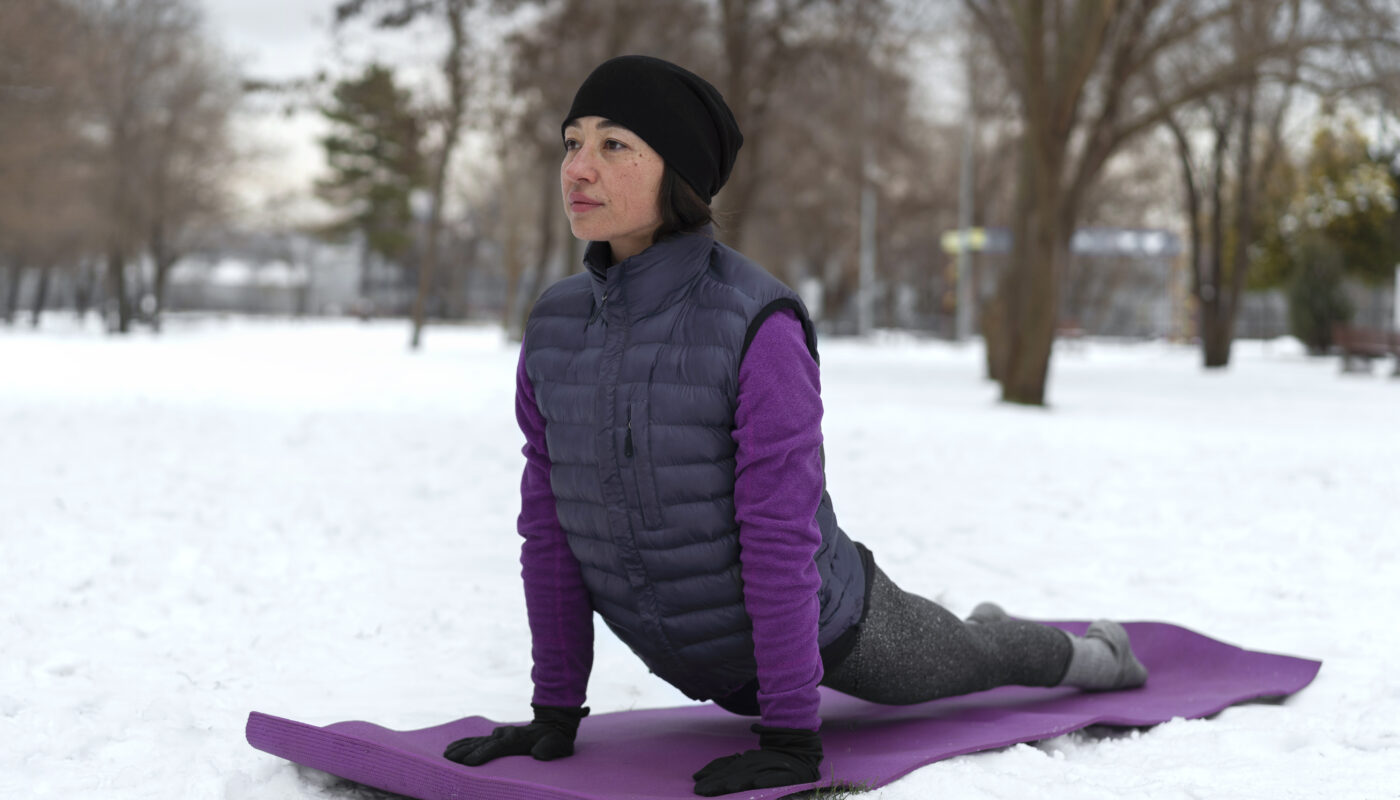As temperatures drop, many people notice an increase in muscle discomfort, stiffness, or cramps. For athletes, outdoor enthusiasts, and even individuals engaging in everyday activities, cold weather can significantly affect muscle health. Understanding how low temperatures impact muscles and adopting strategies to prevent cramps can ensure that physical performance and comfort are maintained during colder months.
This article explores the science behind cold weather cramps, their causes, prevention techniques, and effective remedies to stay active and pain-free in chilly conditions.
Understanding Cold Weather Cramps
What Are Muscle Cramps?
An involuntary contraction or spasm of one or more muscles that occurs suddenly is called a muscle cramp. They can occur in any muscle group but are most commonly experienced in the legs, arms, and hands. While cramps are typically harmless, they can be painful and disrupt physical activities.
Why Are Cramps More Common in Cold Weather?
Cold weather affects the body in several ways that increase the likelihood of muscle cramps:
- Reduced Blood Flow:
- In cold environments, the body prioritizes keeping vital organs warm by constricting blood vessels in the extremities. This reduced blood flow can lead to decreased oxygen and nutrient delivery to muscles, making them more prone to cramps.
- Muscle Tightness:
- Low temperatures cause muscles to contract and tighten. Stiffer muscles are less flexible and more susceptible to strain or cramping during movement.
- Electrolyte Imbalances:
- Cold weather often discourages adequate hydration, as people tend to feel less thirsty. Dehydration can lead to an imbalance of electrolytes like potassium, sodium, and magnesium, which are crucial for muscle function.
- Decreased Nerve Conduction:
- The cold slows down nerve conduction, which can disrupt the coordination between muscles and nerves, increasing the risk of spasms and cramps.
- Altered Biomechanics:
- Wearing bulky clothing or changing running or walking gait to accommodate icy or uneven surfaces can strain muscles, making them more prone to cramping.
Preventing Muscle Cramps in Cold Weather
1. Stay Warm
Keeping muscles warm is essential to prevent cramps in cold weather. Here are some tips:
- Layer Up: Wear moisture-wicking base layers, insulating mid-layers, and windproof outer layers to retain body heat.
- Use Hand and Foot Warmers: Small, portable heat packs can help keep extremities warm and maintain blood flow.
- Warm Up Indoors: Perform dynamic stretches and light exercises indoors before heading out into the cold to increase muscle temperature.
2. Hydrate Properly
Even in cold weather, maintaining hydration is critical for muscle function. Tips include:
- Drink water or warm electrolyte-rich beverages throughout the day.
- Monitor urine color—light yellow indicates adequate hydration.
- Avoid excessive caffeine and alcohol, which can dehydrate the body.
3. Stretch and Strengthen Muscles
Cold weather amplifies muscle tightness, making regular stretching and strengthening exercises vital:
- Stretching: Focus on dynamic stretches before activity and static stretches afterward to improve flexibility.
- Strength Training: Build muscle endurance with exercises targeting commonly cramped areas, such as the calves, hamstrings, and quadriceps.
4. Adjust Activity Levels
Adapt physical activity to the weather conditions to avoid overstraining cold muscles:
- Shorten outdoor workouts on extremely cold days.
- Focus on indoor exercises like yoga, resistance training, or treadmill running.
- Gradually increase intensity to allow muscles to adapt to colder conditions.
5. Fuel Your Body
Nutrition plays a key role in preventing cramps. Consider the following:
- Electrolyte-Rich Foods: Consume dairy products, leafy greens, almonds, and bananas.
- Complex Carbohydrates: Give people steady energy so they can exercise.
- Omega-3 Fatty Acids: Found in fish and flaxseeds, they reduce inflammation and support muscle health.
6. Protect Against Slippery Surfaces
Navigating icy or snowy conditions can strain muscles. Wear shoes with good traction or use traction devices to prevent slips and maintain a natural gait.
Remedies for Cold Weather Cramps
If cramps occur despite preventive measures, the following remedies can provide relief:
Immediate Relief
- Apply Heat:
- Use a heating pad or warm compress to relax the cramped muscle and improve blood flow.
- Stretch the Muscle:
- Gently stretch the affected muscle to alleviate the spasm. For example, dorsiflex the foot for calf cramps by pulling the toes toward the shin.
- Massage the Area:
- Use firm pressure to massage the cramped muscle and promote relaxation.
- Rehydrate:
- Drink water or an electrolyte-rich beverage to address potential dehydration.
Post-Cramp Recovery
- Rest the Muscle:
- Avoid strenuous activity involving the affected muscle until it fully recovers.
- Use Anti-Inflammatory Measures:
- Apply ice packs if the muscle remains sore to reduce inflammation.
- Consider Magnesium Supplements:
- Magnesium supports muscle relaxation and can help prevent future cramps.
The Role of Cold Weather Gear
Investing in proper gear can make a significant difference in muscle health during cold weather activities:
- Thermal Clothing: Retains heat and keeps muscles warm.
- Compression Gear: Improves circulation and reduces muscle fatigue.
- Insulated Footwear: Keeps feet warm and prevents heat loss.
Long-Term Strategies for Muscle Health in Cold Weather
Regular Exercise Routine
Consistency in physical activity ensures that muscles remain strong and adaptable, reducing the likelihood of cramps. Incorporate:
- Aerobic exercises for cardiovascular health.
- Strength training to improve muscle endurance.
- Flexibility exercises to enhance range of motion.
Professional Guidance
Consult a physical therapist or trainer to design a winter-friendly exercise program tailored to your needs. This can help address specific muscle imbalances or weaknesses.
Monitor Health Conditions
Certain medical conditions, such as hypothyroidism or Raynaud’s disease, can exacerbate cold-induced cramps. It is crucial to have regular checkups and handle these problems properly.
Conclusion
Cold weather cramps are a common challenge, but understanding their causes and implementing preventive measures can help maintain muscle health during colder months. By staying warm, hydrated, and properly nourished, and by adopting an effective exercise routine, you can minimize the risk of cramps and enjoy physical activities year-round. Whether you’re an athlete or someone looking to stay active in winter, taking proactive steps will ensure that low temperatures don’t compromise your muscle health or overall well-being.



